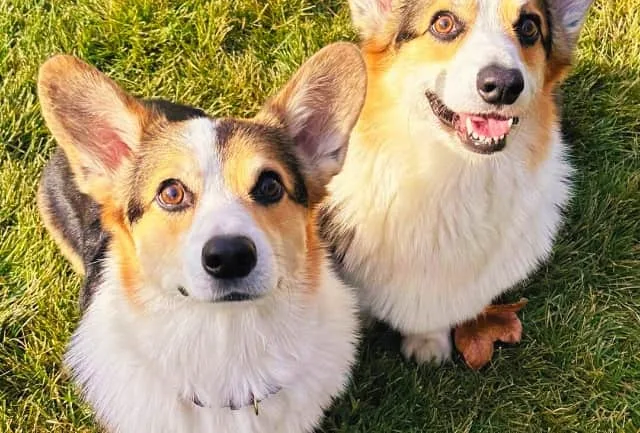Corgis, with their distinctive appearance and lively personalities, have become beloved companions in households around the world. But beyond their charming looks and affectionate demeanor, have you ever wondered about the historical purpose behind breeding these adorable dogs? In this article, we'll delve into the fascinating origins of the Corgi breed, exploring the specific roles and tasks they were originally bred for.
The Origins of Corgis
Corgis trace their lineage to Wales, where they were developed for practical purposes by farmers centuries ago. The two main breeds, the Pembroke Welsh Corgi and the Cardigan Welsh Corgi, share common ancestry but have distinct features and histories.
Pembroke Welsh Corgi
Cardigan Welsh Corgi
Herding Instincts
Corgis possess a strong herding instinct ingrained in their DNA. These dogs were developed to round up cattle by barking, nipping, and displaying an assertive but not aggressive demeanor. The ability to work independently and make decisions on their own set Corgis apart in the herding world.
Adaptability on the Farm
Corgis, with their compact bodies and boundless energy, could maneuver effortlessly in confined spaces. Their versatility extended beyond herding; Corgis were often tasked with guarding the farmstead, alerting farmers to potential threats, and even serving as rodent hunters, helping to keep the farm free of pests.
Royal Connection
Corgis gained additional recognition when they found favor with British royalty, particularly Queen Elizabeth II. Her affinity for Pembroke Welsh Corgis elevated the breed's status globally. However, it's essential to remember that, at their core, Corgis were working dogs designed for practical farm applications.
Modern-Day Corgis
While the majority of Corgis today lead lives as cherished family pets, their herding instincts and intelligence remain intact. It's not uncommon to see Corgis participating in dog sports, agility competitions, and obedience training, showcasing their enduring abilities and adaptability.
See also: 10 Fascinating Facts About Corgis
In unraveling the question of what Corgis were bred for, we discover a rich history deeply rooted in the agricultural landscape of Wales. These small but mighty dogs were indispensable to farmers, contributing their intelligence, agility, and unwavering work ethic to various tasks on the farm. As we continue to appreciate Corgis for their charming personalities and delightful companionship, let's also honor their heritage as devoted working dogs.

